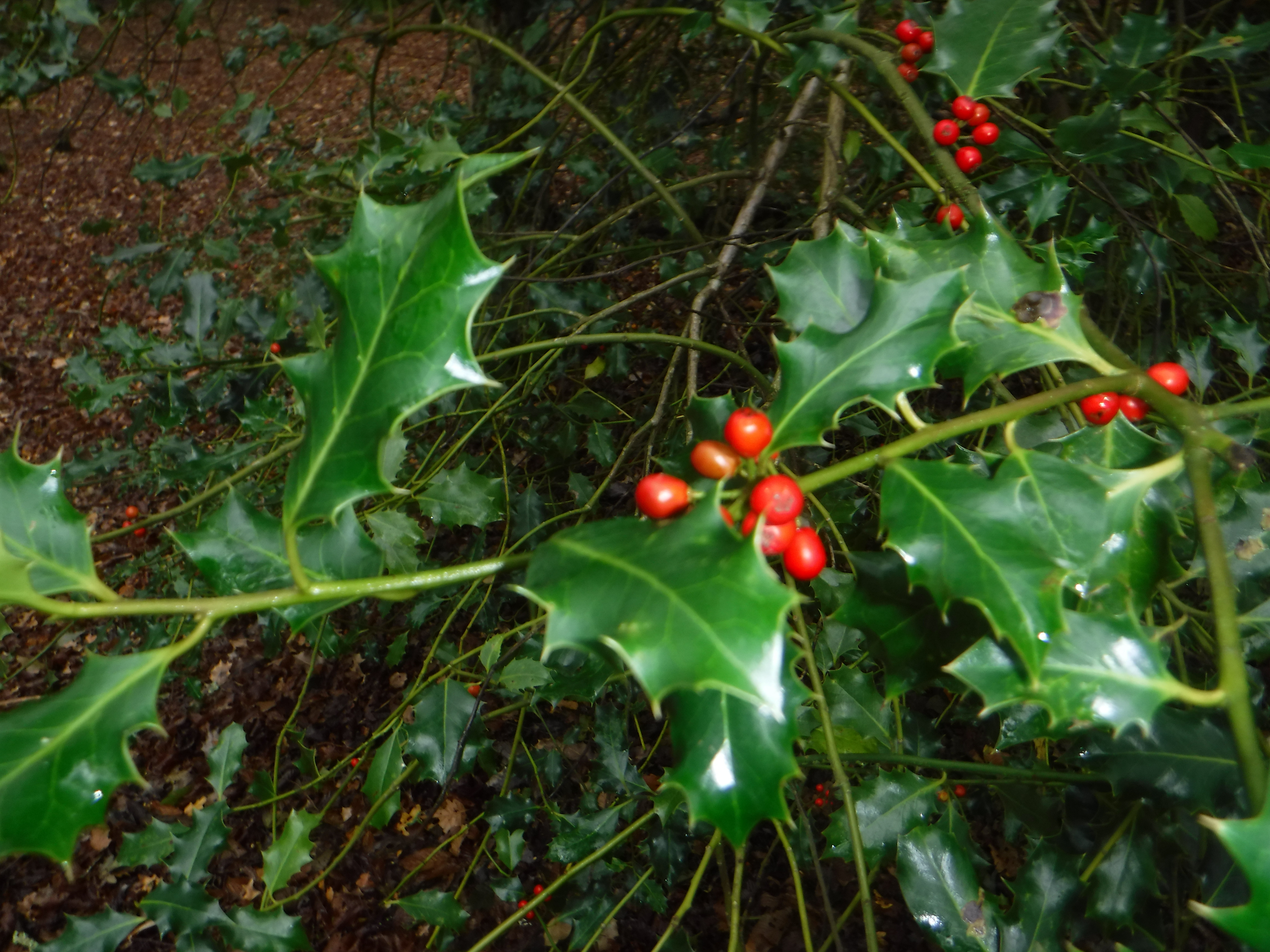
Total monthly rainfall: 156.5 milimetres. Maximum daily rainfall: 31.5 millimetres on 3rd October.
Altogether there were 24 days when measurable rain fell, and 19 days with 100% cloud-cover for at least part of the day.
Maximum temperature on the warmest day was 17°C on October 8th, and on the coldest days was 11°C on the 25th and 28th. There were strong winds throughout the month on October 3rd, 4th, 8th, 20th, 21st, 24th, 27th, and 31st.
Wildflower sightings produced the return of herb robert, together with the last-sighting of a white water-lily on October 1st. We saw the last water-mint beside the lake on the 11th; the last common fleabane in the flower meadows on the 18th; the last bird’s foot trefoil lakeside on the 19th. Last dark mullein occurred in the front meadow on the 22nd, and there followed last redshank and red clover on the 26th.
-
 70 plus Canada geese
70 plus Canada geese
70 plus Canada geese
70 plus Canada geese
-
 Clouded yellow on knapweed
Clouded yellow on knapweed
Clouded yellow on knapweed
Clouded yellow on knapweed
-
 Green brindled crescent moth
Green brindled crescent moth
Green brindled crescent moth
Green brindled crescent moth
-
 Ripe holly berries
Ripe holly berries
Ripe holly berries
Ripe holly berries
https://www.kentfieldclub.org.uk/news/little-barton-farm-wildlife-notes/nature-notes-october-2020#sigProId0ffd53f29d
With much insect-unfriendly weather during the month we had no new sightings of butterflies. Potential last-sightings were, however, as follows: Small white and clouded yellow on October 6th, common blue and small copper on 7th October, and speckled wood on the 12th. Red admiral on the 6th is unlikely to be a last sighting.
There were also no new sightings of dragonflies, with the last southern hawker appearing on the 6th, and willow emerald on the 23rd. The migrant hawker on the 26th, and common darter on the 28th may not be the last this year.
There were, however, two new moth sightings indoors during the month. On the 17th the identity of the moth was inconclusive, while on the 26th we photographed a green-brindled crescent moth to light in the upstairs bathroom. This was identified by Keith Palmer, and is new to our site.
Notable wild bird sightings this month began on October 6th with four house martins feeding across our lake at the start of their autumn migration. On the 16th we spotted a flock of over 30 goldfinches feeding on fleabane and knapweed in our eastern wildflower meadow, and on the 28th there were 300 plus starlings gathering noisily on a boundary oak as dusk approached. By the 31st there were 21 mallards on the lake. Canada geese, including our home-bred group, continued to visit and leave in varying numbers of between 5 and over 70 every few days. Between 1 and 3 grey wagtails continued to be seen around the shoreline of both woodland ponds until the 19th.
Two well-known fungi appeared during the month. On the 15th, the first three parasol mushrooms appeared in the pastures, while on the 30th five fly agaric appeared -only to be rapidly devoured by some unknown creature.
Autumn development among trees and shrubs began with the first ivy flowers and first colouring of oak leaves on the 3rd. Oak tree and horse chestnut leaves started falling on the 4th, before a pause until the 21st, when the first hornbeams reached full leaf-tint. Next day (22nd) field maple followed, and on the 24th the first poplar was bare. By the 25th the elder had lost its remaining leaves and the hawthorn was in full autumn leaf-colour. By the 29th some of the oak trees were in full-tint, while leaf-fall was beginning on the wild cherry.

